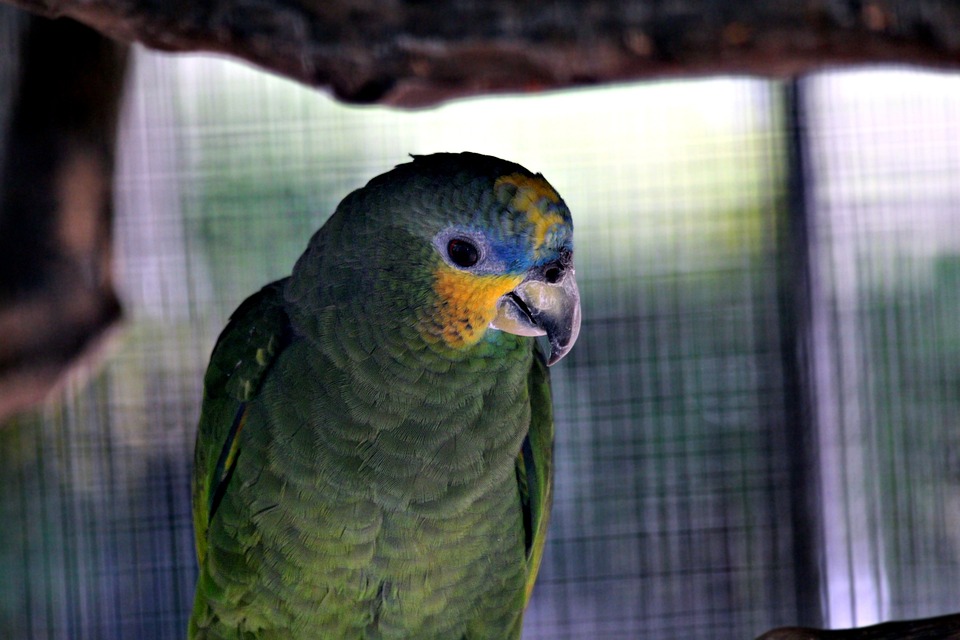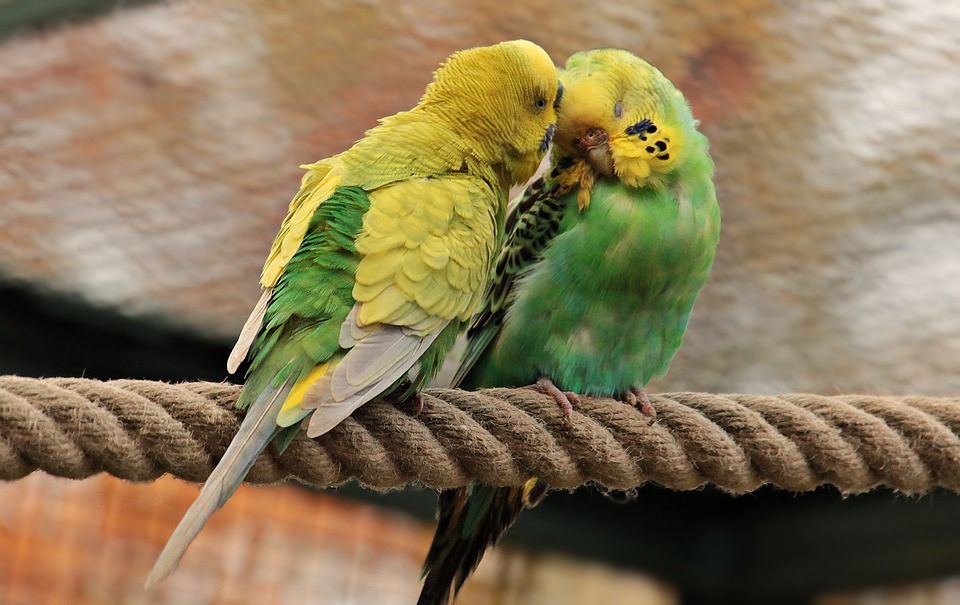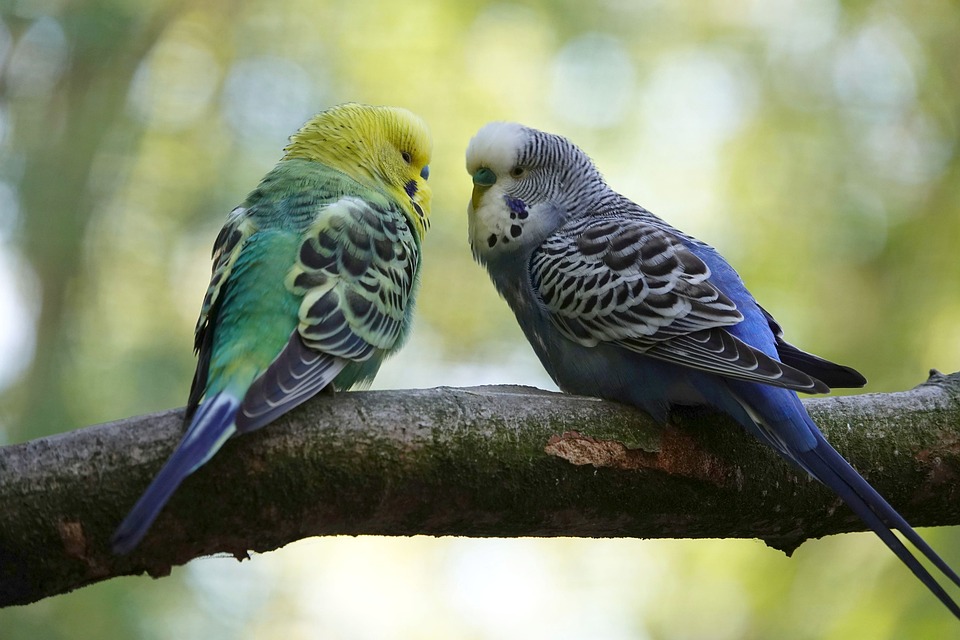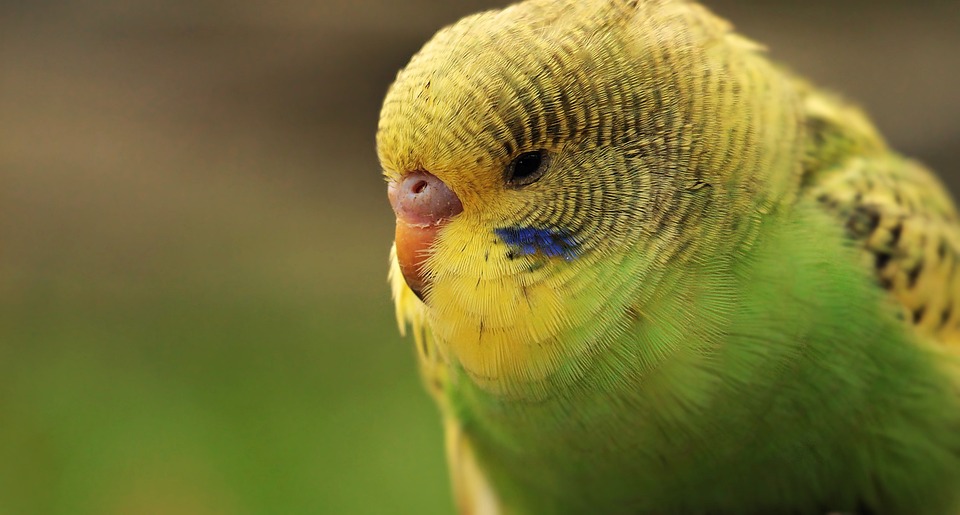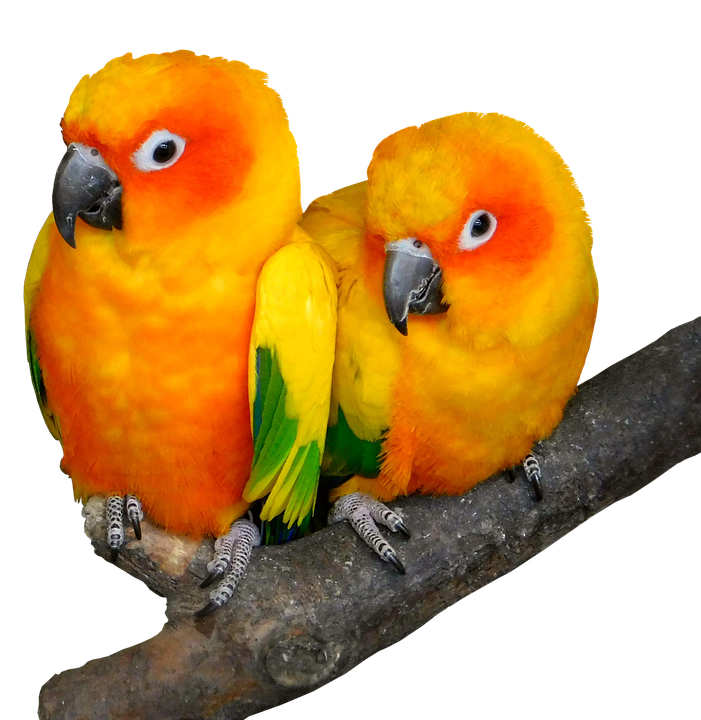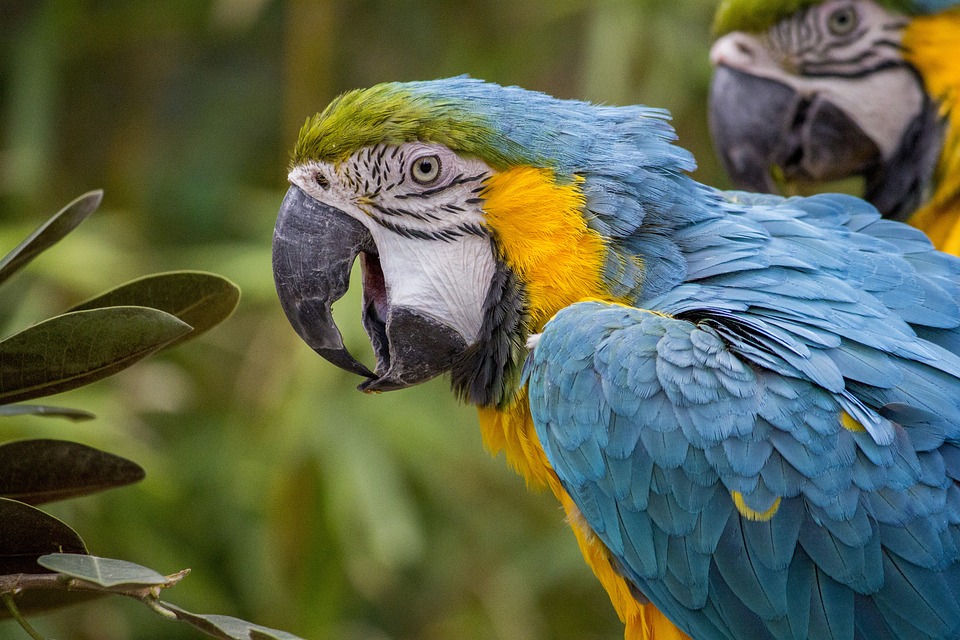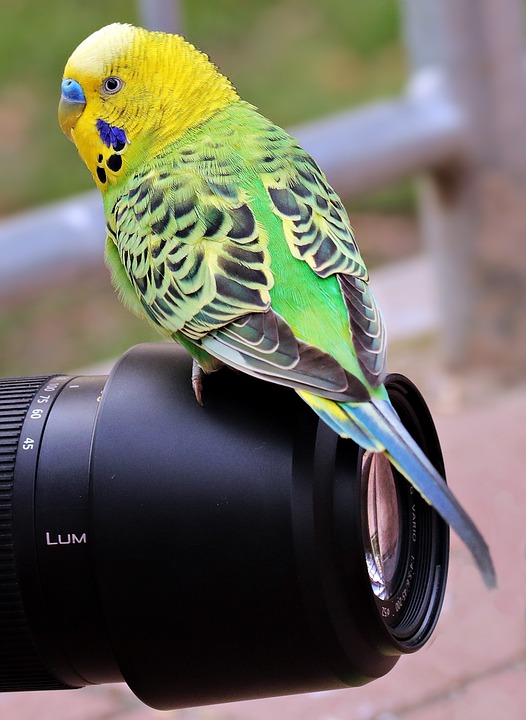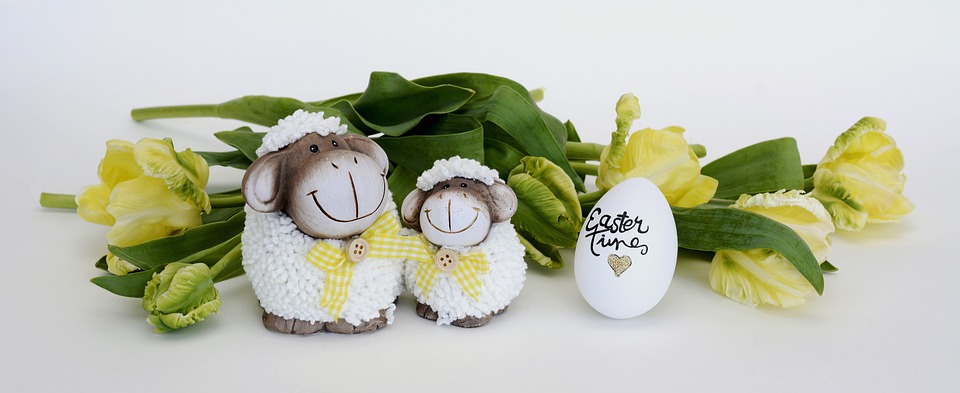Parrots are highly intelligent and social creatures that require mental stimulation and engagement to thrive. One way to provide enrichment for these magnificent birds is through the use of toys. Mirror toys, in particular, have been a popular choice among parrot owners. In this article, we will delve into the fascinating world of parrot behavior and discuss how they respond to mirror toys.
Parrots are known for their curious and inquisitive nature. These traits often make them attracted to shiny and reflective objects, including mirrors. However, their response to mirror toys can vary depending on several factors.
One factor that influences their response is the perception of a companion. Parrots are highly social creatures and often form strong bonds with their human caregivers or other birds. When they encounter a mirror toy, they may perceive their reflection as a potential companion. This can lead to increased vocalization, preening, and even attempts to interact with the mirror image.
Another factor is territorial behavior. In the wild, parrots defend their territory from intruders. When presented with a mirror toy, some parrots may perceive their reflection as an intruder encroaching on their territory. This can trigger defensive behaviors such as aggression, beak grinding, or feather fluffing.
Mirror self-recognition is a cognitive ability that only a few species, such as great apes, dolphins, and elephants, possess. While parrots may not exhibit true self-recognition in mirrors, they can still show signs of self-awareness. Some parrots may engage in playful behavior, such as dancing or head-bobbing, when they see their reflection in a mirror toy.
However, excessive exposure to mirror toys can lead to overdependence and obsession. Some parrots may become fixated on their reflection, neglecting other important activities like eating, socializing, or exercising. It is crucial to monitor their interaction with mirror toys to ensure a healthy balance.
Here are some frequently asked questions about mirror toys for parrots:
Q1: Are mirror toys suitable for all parrot species?
A1: Mirror toys can be suitable for many parrot species, but it is important to consider individual preferences and behaviors. Some parrots may not show interest in mirror toys, while others may become overly obsessed. Monitor your parrot’s behavior closely and adjust accordingly.
Q2: Can mirror toys cause behavioral problems?
A2: Mirror toys, when used appropriately, can provide mental stimulation for parrots. However, excessive exposure or reliance on mirror toys can lead to behavioral problems such as aggression, self-mutilation, or social withdrawal. It is essential to offer a variety of toys and regularly rotate them to prevent overdependence.
Q3: How frequently should mirror toys be introduced to parrots?
A3: Introducing mirror toys to parrots should be done in moderation. It is advisable to offer them for short periods initially and gradually increase the exposure if the parrot shows positive engagement. Regularly rotating toys and providing other forms of enrichment alongside mirrors is crucial to prevent overdependence.
Q4: Can mirror toys replace social interaction for parrots?
A4: Mirror toys should never replace social interaction with humans or other parrots. While parrots may find mirrors intriguing, they need real companionship and mental stimulation. Spending quality time interacting with your parrot and providing a diverse range of toys and activities is vital for their overall well-being.
In conclusion, understanding parrot behavior and their responses to mirror toys can help us provide appropriate mental stimulation and enrichment for these intelligent creatures. While mirror toys can be engaging and entertaining, it is important to monitor their usage and ensure a healthy balance with other forms of stimulation. By catering to their individual preferences and needs, we can create a stimulating environment that promotes the well-being of our beloved parrots.

